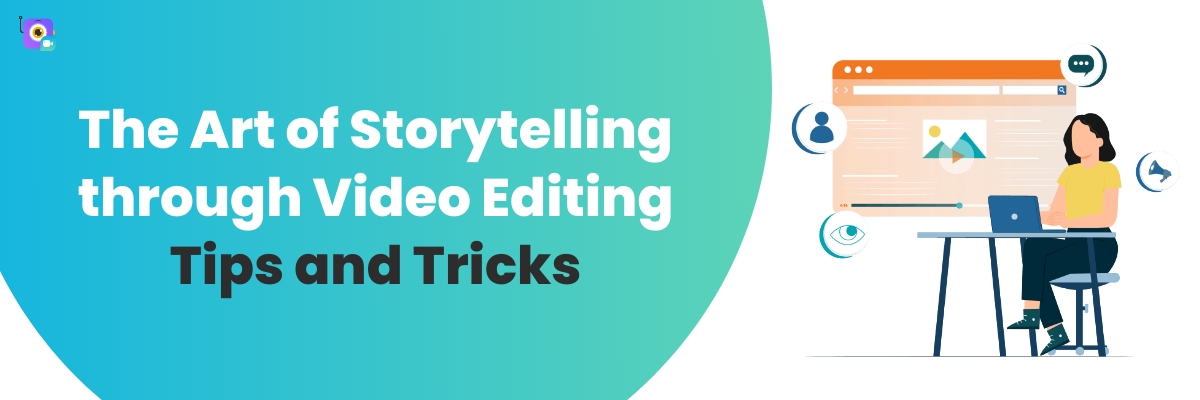If you’ve ever watched an AI avatar video and felt slightly distracted without knowing why, you’re not alone. Everything may look fine on the surface. The voice is clear, the script is logical, the avatar seems to act like a person. And yet attention slips. That’s when you stop listening to the message and start […]
The year 2025 has truly conquered the AI landscape, a time when smart technology met unstoppable creativity. Everyone seems to have their own intelligent assistant, and everyday tasks have become effortless. From quick marketing wins to powerful storytelling, AI has found its place in every industry, adapting to different needs and ambitions. Among the most […]
What separates a great video from an average video? Well, it’s storytelling. And when that storytelling is combined with the power of crisp video editing, it leaves a lasting impact on the viewers. Today’s social media users have increasingly fragmented attention spans, with studies showing you have just 3-5 seconds to hook viewers before they […]
Tutorial Videos are increasing in popularity every day. In this guide, we take a look at tutorial videos including how to create one, tips and share our template.
The way organizations learn and communicate has evolved. From onboarding to explaining complex workflows, teams are now using AI-driven video creation to make information more engaging, accessible, and easier to retain. At the center of this change are AI avatars, digital presenters that help bring human-like storytelling into corporate learning. Early tools like HeyGen made […]



